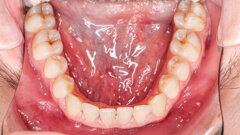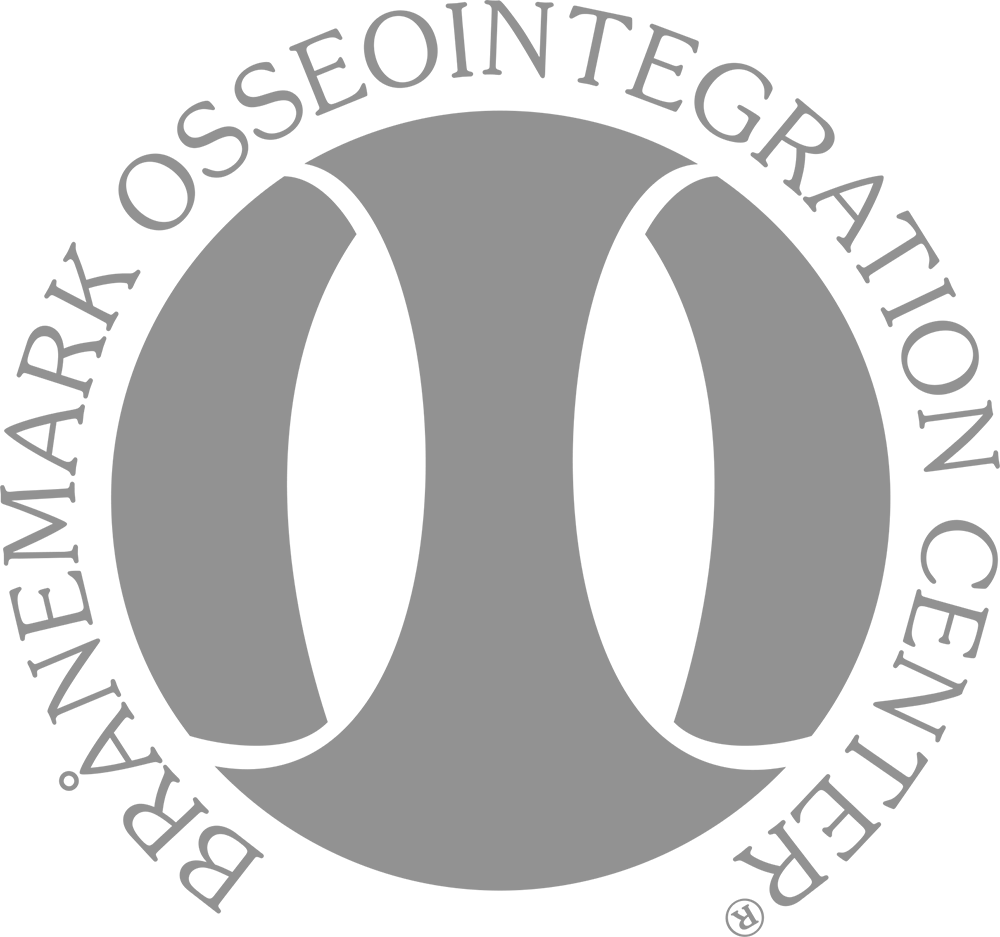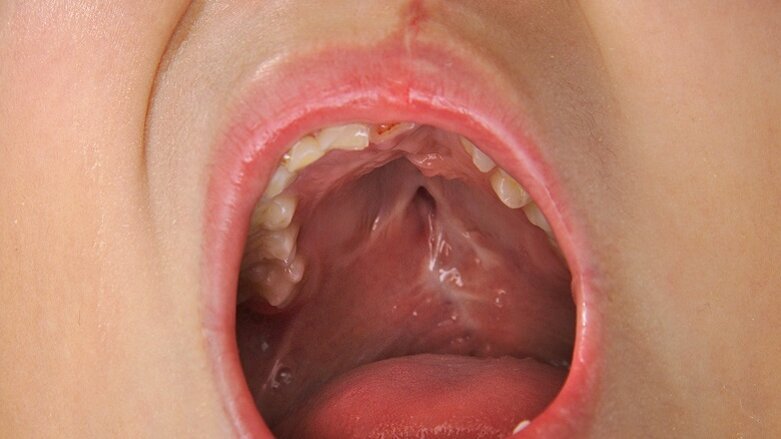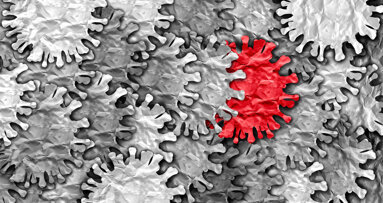WASHINGTON, D.C., USA: As all phases of fetal development, palate growth is a marvel of nature. In one part of the process, ledges of tissue on the sides of the face grow downwards on both sides of the tongue, then upwards, fusing at the midline at the top of the mouth. The majority of the time, this process is completed correctly. However, a part of the process goes awry for around 2,650 babies born in the United States each year with cleft palates and for the thousands more worldwide that are also born with the defect.
For nearly two decades, researchers have known that a gene called IRF6 is involved in palate formation. IRF6 is active in epithelial tissue—the tissue that lines cavities and surfaces throughout the body—including the periderm, a tissue that lines the mouth cavity and plays an important role in fetal development. A recent study conducted by researchers from the Children's National Health System aimed to understand how this key gene might interact with other genes that are also active during fetal development. The researchers were particularly interested in genes that work together in a cascade of activity known as the tyrosine kinase receptor signaling pathway.
Since this pathway includes a large group of genes, Dr. Youssef Kousa and his colleagues reasoned that they could find out whether IRF6 interacts with this pathway by looking whether it interacts with the last gene of the cascade called SPRY4. In order to do this, the research team worked with experimental models that had mutations in IRF6, SPRY4 or both. The scientists hypothesized that if these two genes should interact with both carrying mutations at the same time, it would result in a dramatically different outcome than in an individual who carried mutations in just one gene.
Kousa says the research team plans to continue exploring this interaction to better understand the flow of events that lead from perturbations in the genes to the formation of a cleft palate. Some of the questions they would like to answer include, which gene or genes in the tyrosine kinase receptor signaling pathway specifically interact with IRF6. Since SPRY4 represents just the end of the pathway, the other genes that are present earlier in the pathway are probably the real culprits responsible for problems in palate formation. They also need to verify whether these interactions take place in humans in the same way they occur in preclinical models.
These findings could aid in personalized prenatal counseling, diagnosis and screenings related to cleft palates, as well as help prevent this condition during pregnancy. “Gaining a better understanding of this gene might help us to eventually address deficits or perturbations in the system that creates the palate,” Kousa added.
The study, titled “IRF6 and SPRY4 signaling interact in periderm development”, was published online on 21 July in the Journal of Dental Research.
Tags:
BONN, Germany/PHILADELPHIA, US: It has long been known that the gene TP63 can contribute to the development of cleft lip and palate, but the exact process ...
Last month, Dental Tribune International (DTI) covered a new study on how lipid metabolism and maternal weight influence orofacial cleft (OFC) risk in ...
LOS ANGELES, U.S.: Despite their thriving market, electronic cigarettes may not be a harmless alternative to smoking after all. A recent study has shown ...
OKAYAMA, Japan: Since periodontitis has been linked to systemic health conditions, including heart disease, diabetes, cancer and Alzheimer’s disease, ...
LEIPZIG, Germany: New variants of the SARS-CoV-2 virus that emerged in the UK and South Africa in 2020 show higher transmissibility. And whereas they are ...
CHICAGO, USA: According to some reports, the Current Dental Terminology (CDT) codes may not be readily understood by dentists and other professionals ...
JÖNKÖPING, Sweden: Sweden has too few dentists in 18 of its 21 regions, and this is expected to continue until at least 2035. To close this gap, ...
LISBON, Portugal: Though it has only been available to edentulous patients for a few decades, implant therapy has become a crucial treatment modality in ...
NASHVILLE, Tenn., U.S.: As 2019 came to an end so too did the terms of a supply agreement between Align Technology and its one-time partner SmileDirectClub ...
MELBOURNE, Australia: In the first large-scale study to look at the oral microbiome, researchers from Murdoch Children’s Research Institute (MCRI) have ...
Live webinar
Mon. 12 January 2026
9:00 am EST (New York)
Prof. Judith Jones D.D.S; M.P.H., Prof. Kakuhiro Fukai D.D.S., Ph.D, Dr. Bathsheba (Bethy) Turton
Live webinar
Wed. 14 January 2026
12:00 pm EST (New York)
Dr. Théo Laplane, Dr. Robert Gottlander DDS
Live webinar
Fri. 16 January 2026
12:00 pm EST (New York)
Live webinar
Mon. 19 January 2026
1:00 pm EST (New York)
Philipp Kopp, Michael Seeber
Live webinar
Thu. 22 January 2026
2:00 pm EST (New York)
Dr. Nicola M. Grande DDS, PhD
Live webinar
Wed. 28 January 2026
8:00 am EST (New York)
Live webinar
Wed. 28 January 2026
11:00 am EST (New York)
Prof. Dr. Jan-Frederik Güth



 Austria / Österreich
Austria / Österreich
 Bosnia and Herzegovina / Босна и Херцеговина
Bosnia and Herzegovina / Босна и Херцеговина
 Bulgaria / България
Bulgaria / България
 Croatia / Hrvatska
Croatia / Hrvatska
 Czech Republic & Slovakia / Česká republika & Slovensko
Czech Republic & Slovakia / Česká republika & Slovensko
 France / France
France / France
 Germany / Deutschland
Germany / Deutschland
 Greece / ΕΛΛΑΔΑ
Greece / ΕΛΛΑΔΑ
 Hungary / Hungary
Hungary / Hungary
 Italy / Italia
Italy / Italia
 Netherlands / Nederland
Netherlands / Nederland
 Nordic / Nordic
Nordic / Nordic
 Poland / Polska
Poland / Polska
 Portugal / Portugal
Portugal / Portugal
 Romania & Moldova / România & Moldova
Romania & Moldova / România & Moldova
 Slovenia / Slovenija
Slovenia / Slovenija
 Serbia & Montenegro / Србија и Црна Гора
Serbia & Montenegro / Србија и Црна Гора
 Spain / España
Spain / España
 Switzerland / Schweiz
Switzerland / Schweiz
 Turkey / Türkiye
Turkey / Türkiye
 UK & Ireland / UK & Ireland
UK & Ireland / UK & Ireland
 Brazil / Brasil
Brazil / Brasil
 Canada / Canada
Canada / Canada
 Latin America / Latinoamérica
Latin America / Latinoamérica
 USA / USA
USA / USA
 China / 中国
China / 中国
 India / भारत गणराज्य
India / भारत गणराज्य
 Pakistan / Pākistān
Pakistan / Pākistān
 Vietnam / Việt Nam
Vietnam / Việt Nam
 ASEAN / ASEAN
ASEAN / ASEAN
 Israel / מְדִינַת יִשְׂרָאֵל
Israel / מְדִינַת יִשְׂרָאֵל
 Algeria, Morocco & Tunisia / الجزائر والمغرب وتونس
Algeria, Morocco & Tunisia / الجزائر والمغرب وتونس
 Middle East / Middle East
Middle East / Middle East















































To post a reply please login or register